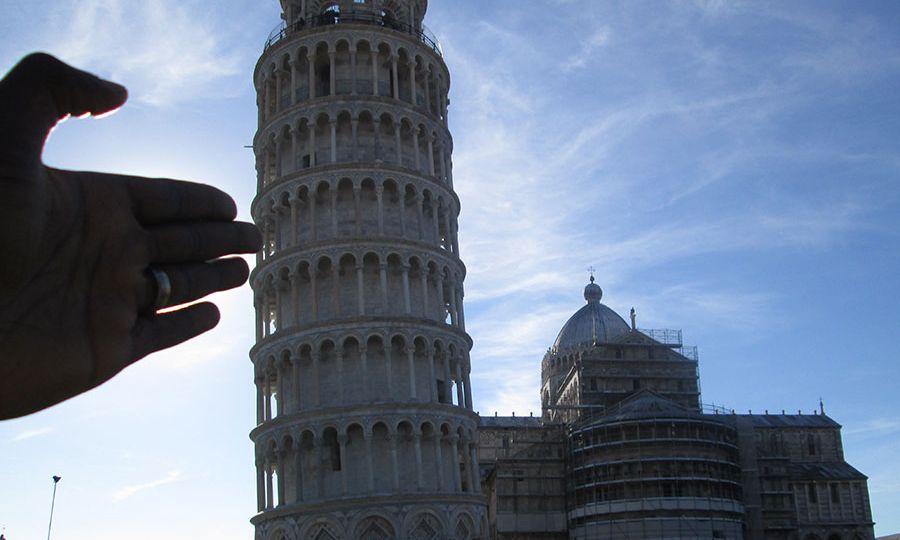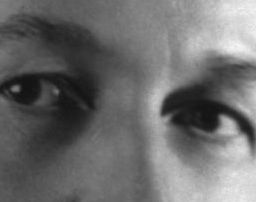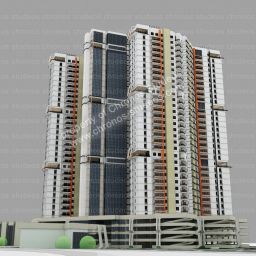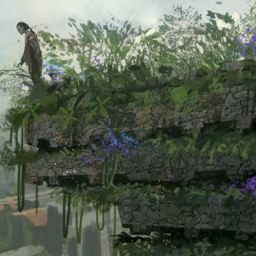
Fact: Architects love landmarks. One awesome man and long-term friend of Chronos Studeos, Sen Debo Adeaga Brown (chief servant and founder of Animation West Africa), though, recently forewent our favourite hangout spot for another beautiful sight that has the ability to turn an architect’s head: the iconic Leaning Tower of Pisa, the fate of which had architects of yesteryear scratching their heads and asking: “How did THAT happen?!”
In the first of a series of articles and exclusive photo galleries here on the Chronos Studeos blog, we’re going to take a look at some of Italy’s most celebrated architectural landmarks, beginning with the tower which has, for centuries, enchanted locals and tourists alike, as well as some of the greatest scientific minds.
Indeed, just this week Australian scientists have released details of a project they’ve undertaken to produce a 3D map of the inside of the Leaning Tower of Pisa.
Constructed as part of the Cathedral of Pisa complex, such is the folklore surrounding the medieval bell tower that its true history continues to be a mystery, even to locals.
Originally designed to stand at 185 feet (56 metres), and comprising 294 steps from the ground to the top of the bell tower, construction originally began in 1173 with the initial breaking of the ground.
However, it wasn’t until 199 years later, in 1372, that the third and final part of the Cathedral complex was finished. The unforeseen delay was caused by war breaking out between the Italian city-states, resulting in the downing of the tools of medieval times for the far more deadly weapons of war.
But while it took almost two centuries for the bell tower to (almost) stand tall, the leaning process which has made this otherwise unassuming building so iconic actually started just five years into the construction process.

Numerous attempts were made to fix the problem, including the building of an extra two steps inside one of the tower’s twin spiral staircases so as to compensate for the unnatural lean.
From purely architectural terms, the more than century long halt in the building process proved to be something of a blessing. This is because it gave the foundation a chance to settle and so the tower became more firmly embedded, thereby halting the possibly imminent threat of its collapse.
However, while all those involved in the almost two-century long construction attempted various methods to fix the unnerving tilt, all efforts failed.

Amazingly, it wasn’t until the 20th Century that experts decreed that the weight of the bells was doing nothing for the already precarious structure, and so the order went out that the heavier bells should be silenced.
However, legend has it that one of the world’s most famous men was unperturbed by the obvious instability of the tower.
The story goes that the celebrated physicist and mathematician, Galileo, climbed to the top of the Tower of Pisa and dropped two cannon balls from on high so as to prove that the speed of the descent of the falling items was independent of mass.
Fact or fiction? We shall never know.
Perhaps the biggest mystery surrounding the tower is just who was the unfortunate architect behind what is, in reality, one of the most obviously disastrous – but visually dramatic – architectural constructions ever seen?
The Leaning Tower of Pisa has been attributed to several architects, primarily Bonanno Pisano (the engineer in charge of the project when the long delayed construction resumed) and Guglielmo. However, no records or evidence exists to firmly point the finger of blame at either man.
Whilst the ‘Leaning’ element of the tower’s name has helped generate millions for the Italian tourist industry, it isn’t welcomed by all, not least 21st Century Health & Safety officials.
Although numerous attempts were made to strengthen the tower by injecting cement grout and various types of gracing into the structure, in 1990 the decision was taken to close the Leaning Tower to visitors so that an exhaustive attempt could be made to try to halt the tower’s feared descent.
This 11-year re-strengthening project resulted in the 5.5 degrees tilt (which translates to 15 feet or 4.5 metres) being reduced to just under 4 degrees.
And so it is that generations to come will be able to safely pose in front of the Leaning Tower of Pisa and send a cheery “Ciao” to friends back home.
Let’s just hope there aren’t too many people across the globe who, on returning home, are tempted to look at their holiday snaps and straighten up their images of this enigmatic tower on Adobe Photoshop!
Photo Credits :: Sen Debo Adeaga Brown (Chief Servant and Founder of Animation West Africa)



















I still wonder.. ‘How did that happen”…
Well, I guess the architect was off having pizza!
thanks for the share!
Thanks for sharing this and re-sharing once again… its indeed been a while back and one thing I can say is, people should endeavour to travel as far as they can, see the world around and allow their personally held ideal get mingled with both physically and mentally… the result will be astounding… Real education doesn’t happen inside the classroom, its happens outside of same.
Thank you
Thanks Sen.. and great photos again..!